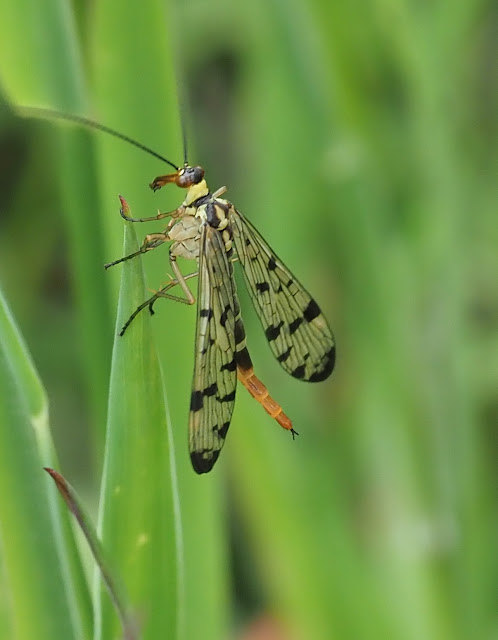There is a reason that The Earthquake House is in the field behind our house https://www.undiscoveredscotland.co.uk/comrie/earthquakehouse/index.html. And this may be the reason there are a few cracks in the plaster, although, to be honest that is of lower concern than some of our other maintenance issues.... (which species do you perhaps not want as a PSL tick in your own house, maybe Serpula lacrymans! Our house had been treated for this in the past, but essential maintenance was neglected unfortunately. Fortunately, it looks like we've caught this before it has become a serious issue.)
Anyway back to the earthquakes....
Actually folk in the village are used to earthquakes here, and why the village is known as "shaky toun" because it sits on the Highland Boundary Fault. There were three quakes, one on 13 June and two on 16 June, I slept through all three. One of them on 16th was 1.4 Mag and only 2km down, so apparently it caused quite a wobble. Here's the data - http://earthquakes.bgs.ac.uk/earthquakes/recent_uk_events.html
A while since I posted, tied up with a load of stuff, the library campaign, helping develop a new campaign about Glen Lednock, supporting the verification of moth and butterfly records in Orkney, as well as trying to keep up with my own recording efforts on iRecord, and of course identifying stuff.
In Orkney first pugs and then the Crambidae issues have raised their seasonal heads. I've decided I really need to understand pugs better, so invested in the wee NW England guide and downloaded some resources from the web. The Scoparia/Eudonia issue is always a challenge, and it is clear that not all individuals can be identified, even with dissection, so until we have pocket barcoding kits... Some are best left undetermined. Here's one I'm currently pondering from the garden light traps 15th June.
 |
| Scoparia pyralella maybe |
I'm thinking this ticks quite a few S. pyralella boxes. It's not a species I've necessarily come across previously (need to check, not often at most). I do see a lot of these moths, and at the moment most of them are either Scoparia ambigualis or Eudonia mercurella.
Otherwise on the moth front quite a few interesting things to pheromone lures, but I never found Large Red-belted Clearwing and so far have a blank for Welsh Clearwing, both of which are known from VC88 I think.
However, the big success was Lunar Hornet Moth to the lure in the garden.
 |
| Lunar Hornet Moth, a bit battered but it flew off strongly. |
 |
| Grapholita janinthana, these love the JAN lure, a tiny 5mm FW tortrix. |


























